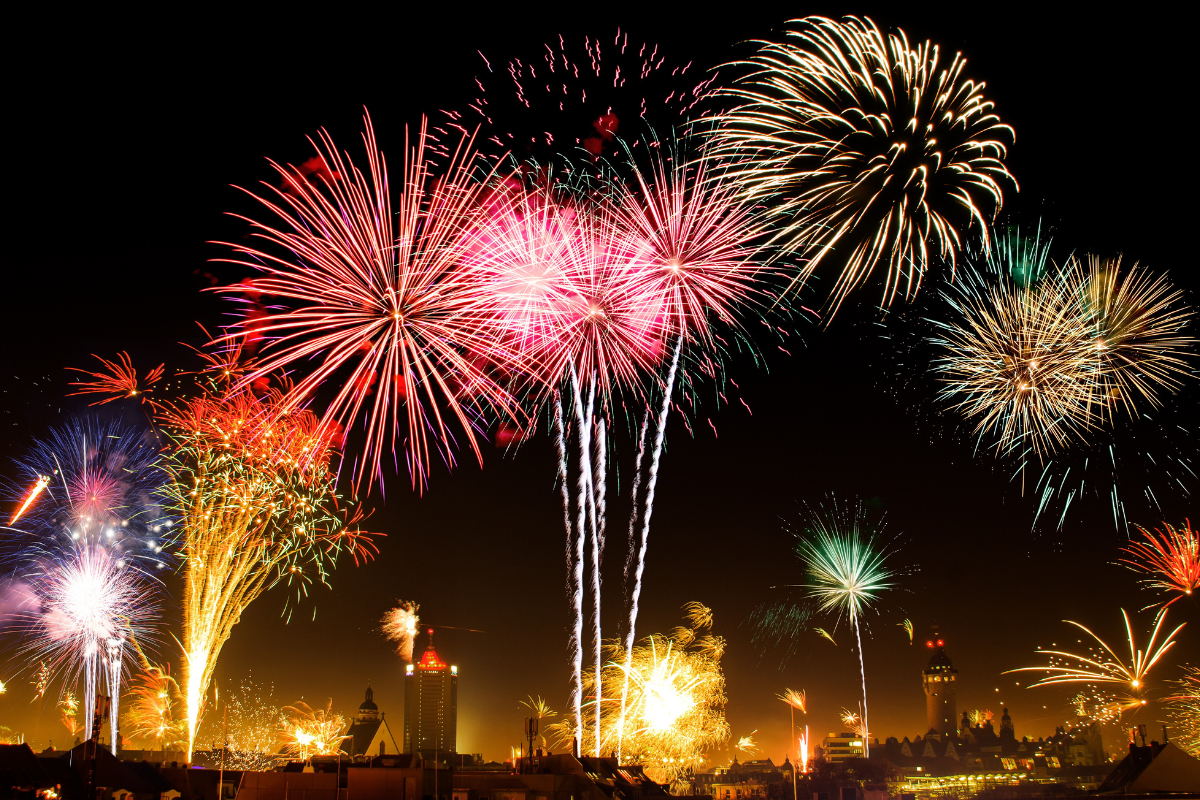As the Lunar New Year approaches, festivities across China are set to blend traditional customs with modern innovations. Celebrated on February 11, 2025, this year’s celebrations are marked by a renewed emphasis on family gatherings, cultural heritage, and the integration of technology in festivities.
In major cities, vibrant parades and colorful lantern displays are planned, showcasing traditional elements such as dragon dances and folk performances. Local governments have encouraged residents to participate in communal celebrations, fostering a sense of unity and cultural pride. Additionally, many families are expected to partake in customary reunion dinners, a vital aspect of the Lunar New Year tradition.
This year, the integration of technology into celebrations is particularly noteworthy. Many cities are leveraging digital platforms to enhance the festive experience, offering virtual celebrations and live-streamed events that allow families separated by distance to partake in traditions together. Mobile applications designed for Lunar New Year planning have gained popularity, enabling users to send digital red envelopes and share greetings with loved ones seamlessly.
Cultural experts highlight the importance of maintaining traditional practices while adapting to contemporary influences. “The Lunar New Year is a time for reflection and family, and it is encouraging to see how technology can facilitate these connections without diminishing the richness of our customs,” said Dr. Li Wei, a cultural anthropologist.
As millions prepare to welcome the Year of the Dragon, the celebrations are poised to reflect both the deep-rooted traditions of Chinese culture and the dynamic nature of modern society. The amalgamation of old and new is expected to resonate with younger generations, ensuring that the spirit of the Lunar New Year continues to thrive in a rapidly changing world.



